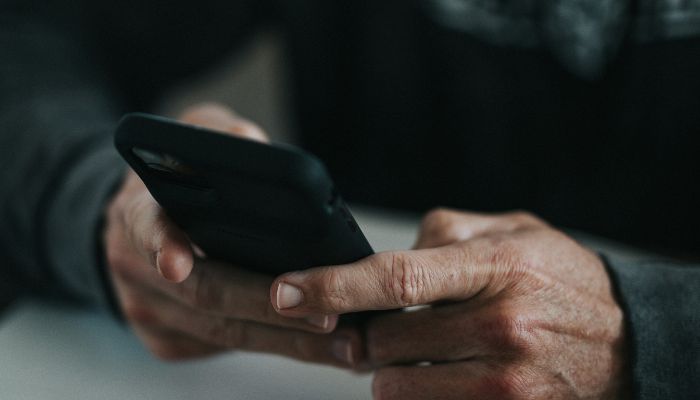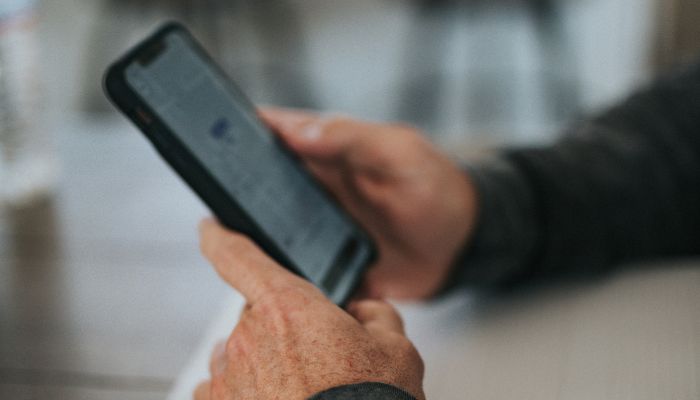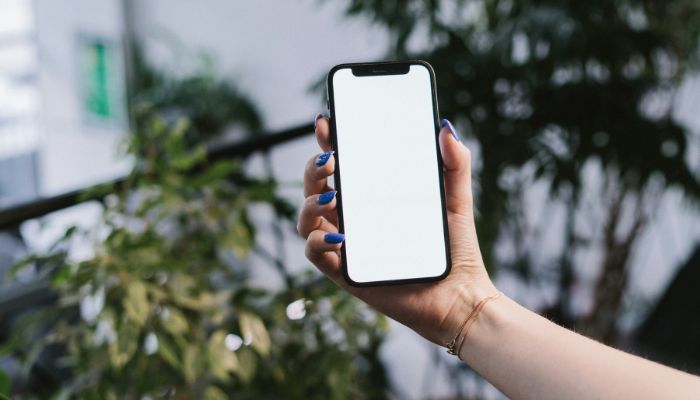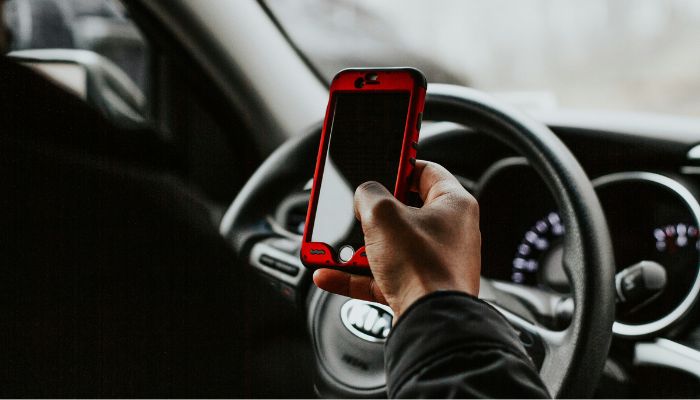
International phone numbers can vary significantly in length, typically ranging from 7 to 15 digits. These numbers start with a country code, followed by an area code (if applicable), and then the local subscriber number. The variation in length is influenced by each country’s telecommunication regulations and the specific format of area codes and local numbers.
For instance, the United States uses a country code of +1, while the United Kingdom uses +44, leading to different total lengths. Understanding these formats is crucial for accurate international dialing and can simplify communication across borders. To grasp more nuances of global phone number structures, continue exploring.
Understanding International Dialling Codes
International dialing codes are essential for making phone calls across national borders. These codes, also known as international country codes, enable seamless communication by providing unique prefixes for each country. Understanding number formats is crucial; typically, an international phone number begins with a plus sign (+), followed by the country code, area code, and the local number.
For instance, the format for dialing a number in the United States would be +1, followed by the area code and the local number.
Dialling procedures vary slightly depending on the originating country, but the general process involves entering the international access code (such as 011 in the United States), followed by the country code, area code, and the recipient’s number. Area codes are particularly important in large nations, where they designate specific geographic regions, ensuring the call is routed correctly.
Mobile networks also play a role, as mobile numbers often have different dialing requirements compared to landlines, including unique prefixes. Recognizing these distinctions is vital for successful international communication. By understanding these facets—number formats, dialing procedures, area codes, and the role of mobile networks—individuals can effectively connect with others across diverse geographic regions.
The Structure of Phone Numbers Internationally
A comprehensive understanding of the structure of phone numbers internationally is fundamental for effective global communication. International phone numbers typically begin with a country code, followed by an area code, and then the local subscriber number. This number formatting ensures that each segment conveys geographic significance, identifying the country, region, and specific line.
Cultural influences play a notable role in the structuring of phone numbers. For instance, some countries separate numbers with spaces or hyphens, while others may use periods or special characters to enhance readability. Additionally, the distinction between mobile and landline numbers often involves specific prefixes.
In many countries, mobile numbers start with unique digits that differ from landline numbers, allowing immediate recognition of the type of line.
The format also adapts to technological advances and user preferences. Some regions have incorporated special characters like plus signs (+) to denote the international access code, simplifying the dialing process across borders. Ultimately, understanding these structural elements helps in navigating the complexities of international phone communication, ensuring accurate and efficient connection irrespective of geographic or cultural variations.
Varying Lengths of International Numbers

Phone numbers around the world exhibit varying lengths, reflecting the diverse telecommunication frameworks of different countries. For instance, there are countries with 12 digit phone numbers, which is just one example of the diversity in number lengths. The length of international phone numbers is influenced by several factors, resulting in a range of number formats and patterns. These variations are essential for efficient communication and are regulated by national and international bodies.
- Number formats: Different countries adopt specific formats for their phone numbers. For instance, the United States typically uses a 10-digit format, while the United Kingdom utilizes a variable length format ranging from 10 to 11 digits.
- Number patterns: Patterns in phone numbers, such as inclusion of area codes or country codes, contribute to the overall length. Countries like India incorporate a 2-4 digit area code followed by a 6-8 digit subscriber number, leading to variations in total length.
- Number variations: The total length of an international phone number can vary from as short as 7 digits to as long as 15 digits, depending on the country’s system of categorization and segmentation.
- Number regulations: Regulatory bodies like the International Telecommunication Union (ITU) set guidelines for phone numbering plans, ensuring consistency and addressing number complexities across different regions.
These factors underscore the intricate and varied nature of international phone number lengths.
Factors Influencing Number Length

Several key elements determine the length of phone numbers internationally. One primary factor is the number format adopted by each country. Different countries have specific standards for structuring their phone numbers, which influences their length. Country regulations play a crucial role as well; these guidelines dictate the format and permissible length of phone numbers to ensure uniformity and effective communication.
Network providers also impact phone number length. Providers might adjust number lengths to accommodate their network requirements and ensure compatibility with international dialing systems. Furthermore, call rates can indirectly influence number length. Countries with higher call rates might opt for simpler, shorter numbers to encourage usage and manage costs effectively.
The distinction between mobile vs landline numbers is another factor. Typically, mobile numbers are longer due to the additional digits required for identifying mobile networks and services. Landline numbers, in contrast, are often shorter and linked to specific geographic regions.
The integration of these elements helps create a coherent and efficient telecommunication system, balancing the needs of both service providers and users. Understanding these factors provides insight into the complexities behind the varying lengths of international phone numbers.
Popular Country Code Examples
Frequently, international phone numbers begin with a country code, a critical component for ensuring accurate global communication. Understanding popular country codes, such as country code 44 phone numbers used in the UK, and their formats can significantly aid in comprehending the intricacies of international dialing.
- United States (+1): The country code for the United States is +1, followed by a 10-digit phone number. The number format variations include area codes and local numbers, which must be correctly aligned to avoid errors.
- United Kingdom (+44): The UK uses +44 as its country code. When dialing, the leading zero of the local number is omitted. For example, a number beginning with 020 would be dialed as +44 20.
- Germany (+49): Germany’s country code is +49. Similar to the UK, the leading zero in the local number is dropped. Mobile number exceptions may apply, requiring specific dialing protocols.
- Australia (+61): Australia employs +61 as its country code. As with other countries, the leading zero of the local number is not used when dialing internationally.
The country code importance cannot be overstated, as it ensures the call reaches the correct destination. These examples illustrate the number format variations and leading zero considerations essential for successful international communication, while mobile number exceptions and dialing protocol clarification remain crucial for accurate dialing.
How to Dial International Numbers?

Dialing international numbers can initially seem complex, but understanding the fundamental steps simplifies the process. Begin by entering the international dialing prefix, typically “00” or “+”, followed by the country code, area code, and the local number.
For example, to call a number in the United States from Europe, dial “+1” followed by the area code and the local number.
Consider any potential roaming charges when making international calls from your mobile phone. These can vary significantly depending on your carrier and plan. To avoid unexpected costs, explore VoIP options such as Skype or WhatsApp, which often offer cheaper rates or even free calls over an internet connection.
Time zone differences are crucial when dialing internationally. Ensure you are aware of the local time at your destination to avoid disrupting late-night hours or missing business hours.
For frequent travelers, travel SIM cards can offer more affordable rates for international calls. These cards can be purchased before or during travel and often come with pre-loaded credit.
Lastly, it is essential to be aware of emergency contacts in the country you are calling. Knowing the local emergency numbers can be crucial in urgent situations.
Conclusion
The length of international phone numbers varies significantly due to differing country codes and national numbering plans. Influencing factors include population size, technological infrastructure, and historical context. Understanding the structure and components of these numbers, including country codes, area codes, and local numbers, is crucial for effective communication.
Familiarity with dialing procedures and specific examples from popular countries aids in navigating the complexities of international telephony. Thus, comprehensive knowledge of these elements ensures accurate and efficient global communication.
FAQs About International Phone Numbers
How to Write My Phone Number in International Format?
To write your phone number in an international format, start with the plus sign (+), which indicates you’re dialing internationally. Next, add your country code, which is unique to each country (like +1 for the USA or +44 for the UK). After the country code, include the area code, but make sure to drop any leading zeros. Finally, enter your local phone number. For example, if your US number is 212-555-1234, it would be written as +12125551234 in international format. This format ensures your number can be dialed correctly from anywhere in the world.
Are All Phone Numbers 10 Digits Internationally?
No, phone numbers vary in length depending on the country. While many countries, like the US, use 10-digit numbers, other countries have different standards. Some numbers may be as short as 8 digits, while others can be up to 15 digits long. This variation is due to the different national dialing systems and the structure of the phone numbers in each country.
What is the Proper Format for a Phone Number?
The proper format for an international phone number always begins with the plus sign (+) followed by the country code. The area code comes next, without any leading zeros, and finally, the subscriber number. Write a UK phone number like 0207 123 4567 as +442071234567. This format ensures that others easily recognize and correctly dial your number, no matter where the call originates.